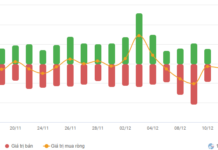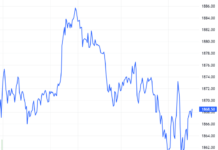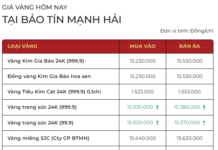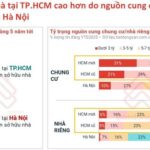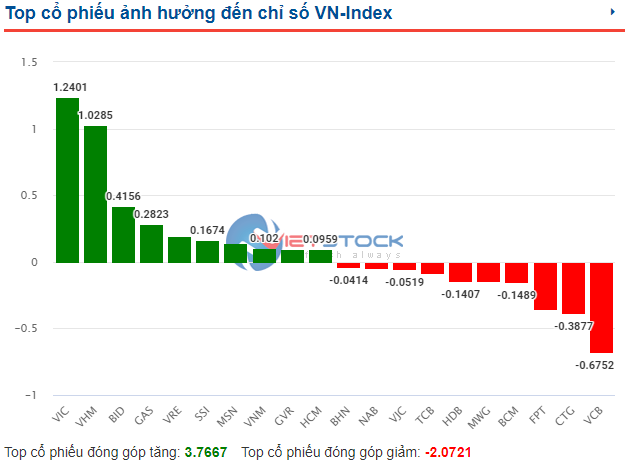Who would have thought that these ugly-looking, multi-legged, and constantly wriggling worms would become a sought-after delicacy, selling for a higher price than pork? Meet the cassava leaf silkworms, a type of insect that is taking the food market by storm.
This particular type of silkworm feeds solely on cassava leaves, a plant commonly grown in the midlands, differing from the mulberry leaf-eating silkworms found in the deltas, which are typically reared for their silk.
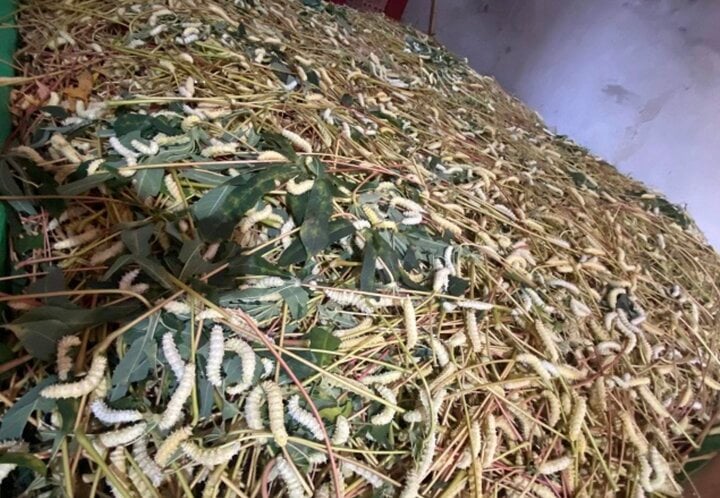
Cassava leaf silkworms. (Photo: NVCC)
According to nutrition experts, cassava leaf silkworms have a protein content several times higher than chicken eggs, along with essential vitamins and minerals, earning them the reputation of being a natural “ginseng.” They are believed to provide health benefits such as boosting energy levels and enhancing immune function.
Ms. Nguyen Thi Tuyen, a silkworm farmer from Ha Hoa, Phu Tho, shared that silkworm farming for meat has been a long-standing tradition in her hometown. “Farming pigs lets you sit and rest, but farming silkworms keeps you on your feet,” she said, referring to the labor-intensive nature of silkworm rearing. To make the task more manageable, Ms. Tuyen divides the process into three batches per month, with each batch starting about five days apart. She begins with 10 grams of silkworm eggs, costing 80,000 VND. After approximately 20 days of careful rearing, the silkworms mature and turn yellow. At this stage, they stop feeding on fresh leaves and expel all the waste from their bodies as they prepare to spin their cocoons. This is when they are ready for harvest.
From those initial 10 grams, she can yield around 10 kilograms of mature silkworms, selling for approximately 100,000 VND per kilogram. During off-seasons, when silkworms are scarce, the price can even reach 150,000–200,000 VND per kilogram, surpassing the price of the finest pork.
On a small scale, Ms. Tuyen’s silkworm farming can bring in about 3 million VND per month. The initial investment includes 160,000 VND for silkworm eggs, along with the labor costs of leaf-picking, branch-breaking, and feeding the silkworms for 20 days. She added that some households in her village with more labor resources can rear up to several hundred grams of silkworm eggs per batch, earning them tens of millions of VND. “But it’s exhausting work,” she said. “Cassava leaf silkworms are sensitive to pesticides. Even a slight trace of pesticide residue on the leaves can lead to a massive silkworm death, rendering all your efforts futile.”
Ms. Chu Hue, another silkworm farmer from Dong Luong, Cam Khe, Phu Tho, shared that her family raises silkworms year-round to supply meat to local consumers and some outlets in Hanoi.
According to Ms. Hue, silkworms used to be a regular part of the daily diet in her family. However, as word spread about the nutritional benefits of silkworms, more people began to seek them out, prompting households to increase their production.
In the summer, it takes about 18–20 days to rear silkworms to market size. In winter, when the silkworms grow more slowly, each batch takes about 20–25 days. The price of silkworm eggs fluctuates between 700,000 and 1,200,000 VND per 100 grams. However, 100 grams of eggs can yield between 120 and 150 kilograms of market-ready silkworms.
Ms. Hue also noted that silkworms are both easy and challenging to raise. They can bring tenfold profits within 15–20 days, but they are also susceptible to diseases and pests. “They die in extreme heat or cold,” she said. “Even when pesticides are sprayed kilometers away, my silkworms can still succumb to the toxins. That’s why we have to ensure a clean food source by growing our own cassava and castor bean plants for their leaves.”
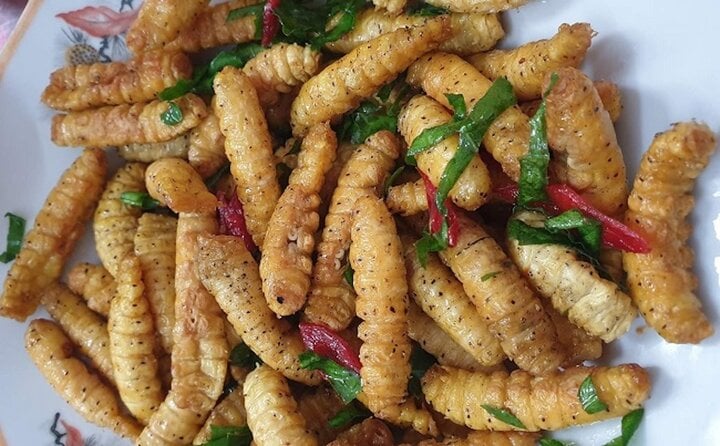
Cassava leaf silkworms make for a delicious and nutritious meal. (Photo: NVCC)
Cassava leaf silkworms can be prepared in various mouthwatering dishes, such as stir-fried silkworms with lemon leaves, boiled silkworms with chili salt, and silkworm stir-fry. These dishes not only tantalize the taste buds but also provide a boost to your health.


